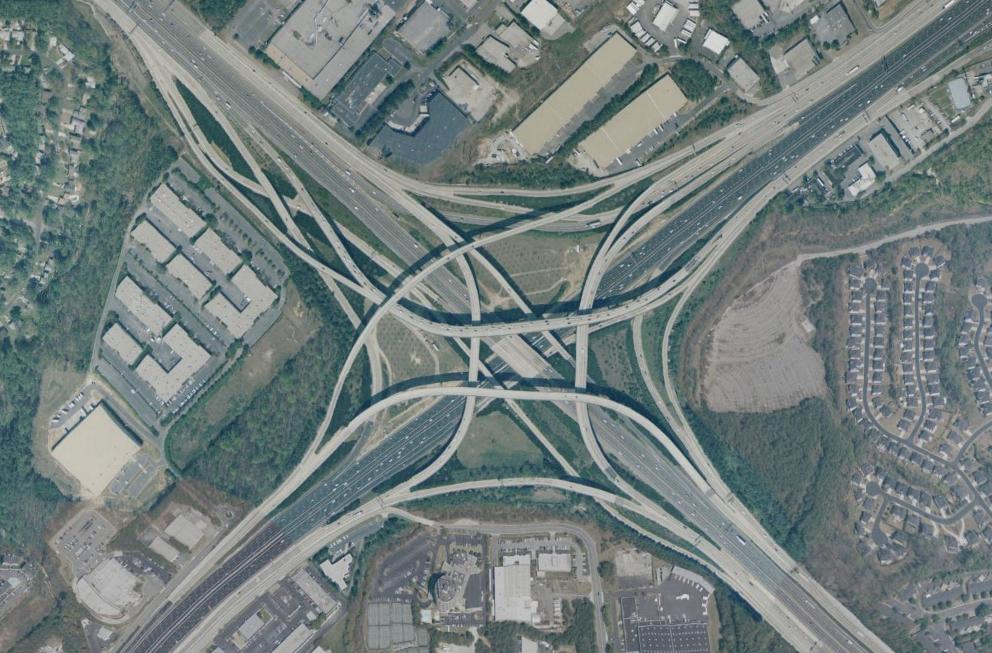
There was a comment made in week two of our lecture series that,to paraphrase, went 'Who cares about animals as long as we survive what do they matter?'. This wonderful naive comment addresses how we contextualise our existence within nature. The remark suggests that in-fact we aren't within nature, we are a separate entity. Side by side trying to coexist or maybe even against nature. This ideology is biologically ridiculous as we are animals down to our every molecule and despite our cranial development that has set us apart from other animals we are very much a part of and rely on an ecosystem.
Currently we are experiencing a global crisis and I'm not referring to formidable illustrious issue of climate change but the drastic decline in bees. 30% of British bees died last year, 25 of our native species have become extinct over the last 50 years and 7 more are officially at risk. Causes are said to include the changes in the weather we are experiencing and also pesticides and modern intensive farming practices. Bees are a crucial part of a food chain and their decline will impact many other animals. But above all they are pollinators; carrots, onions, apples and potatoes are reliant to name a few. Without bees there will be a drastically different menu available, less oxygen return, fewer flowers and a very different landscape. Welcome to a world where alongside the postman and the milk man there is a community pollinator.
This example is just to highlight what i feel is a misguided attitude that is very inherent within our culture. I agree with Chris's comment that "it’s important to remember that we invented the word nature and created its model. We created its boundaries, what it is and what it stands for. As a model it doesn’t actually tell us what is going on and if anything tells us more about ourselves than the universe around us." Through the way that things are designed and produced and the grasp that consumerism has we are now ignorant to the influence that we have over our planets delicate structure and the consequences of our behaviour that will inevitably impact us. Insects are the stitches that hold together the very fabric of our planet. Eco design shouldn't just be soy based and organic for us to feed on with a cleaner conscience it ought to be conductive and begin to alter our relationship with nature so that we become compassionate.


































